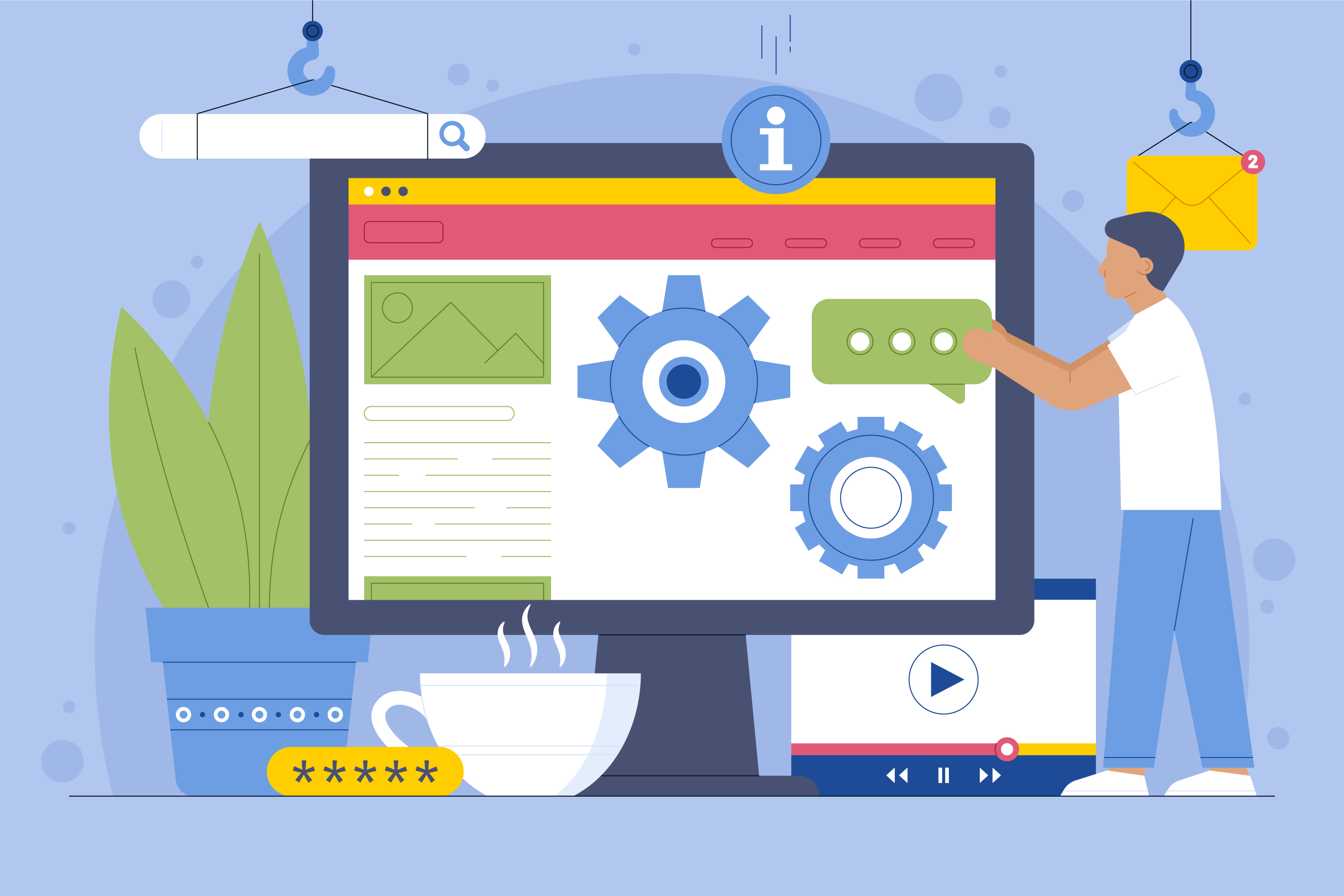The Plugin Development Guide: From Zero to Hero on Marketplace
Plugins are software extensions that add new features, improve existing features, or fix bugs to an existing software application. They can be developed by the original application developer or by third-party developers.
In this blog post, we will discuss the plugin development process, from idea to marketplace success. We will look at the steps required to create a plugin, how to build a community around your plugin, and how to approach the market.

Step 1: Identify your market
Before you start developing a plugin, you need to identify your target market. What application are you developing a plugin for? Who are your target users? What do they need from your plugin?
Identifying your target market will help you determine the features and functionality of your plugin. It will also help you market your plugin effectively.

Step 2: Research
Once you have identified your target market, you need to research to find out if there are any similar plugins already available. If there are, you need to identify their strengths and weaknesses.
Research will help you understand the needs of the market and how your plugin can meet those needs.

Step 3: Design
Once you understand the market and the needs of users, you can start designing your plugin.
The design phase includes identifying the features and functionality of your plugin, as well as designing the user interface and user experience.

Step 4: Development
After designing, you can start developing your plugin.
The development phase includes writing code, testing, and optimizing your plugin.

Step 5: Testing
Once your plugin is ready, you need to test it to make sure it works as expected.
The testing phase includes testing your plugin on different platforms and with different applications.

Step 6: Release
Once your plugin has been tested and you are happy with the results, you can release it.
The release phase includes uploading your plugin to the app store and promoting your plugin.

Step 7: Build community
After releasing your plugin, you need to build a community around your plugin.
A community can help you market your plugin, solve user problems, and collect feedback.

Step 8: Market
Finally, you need to market your plugin to attract users.
You can market your plugin through social media channels, email marketing, and advertising.

Plugin development is a process that requires a lot of effort and time. However, if you follow the steps above, you will have a chance of success.
Here are some tips to help you develop a successful plugin:
Always keep your plugin up-to-date with new features and functionality.
Continue to communicate with the community around your plugin.
Attend conferences and events related to plugins.

DS Solution
DS Solution is a software development company that specializes in developing plugins and add-ons for Atlassian, Salesforce, and Monday marketplace.
We have a team of experienced developers with a deep understanding of these platforms. We can help you develop a plugin that meets the needs of your target market and is successful in the marketplace.
If you are interested in developing a plugin, please contact DS Solution today.





